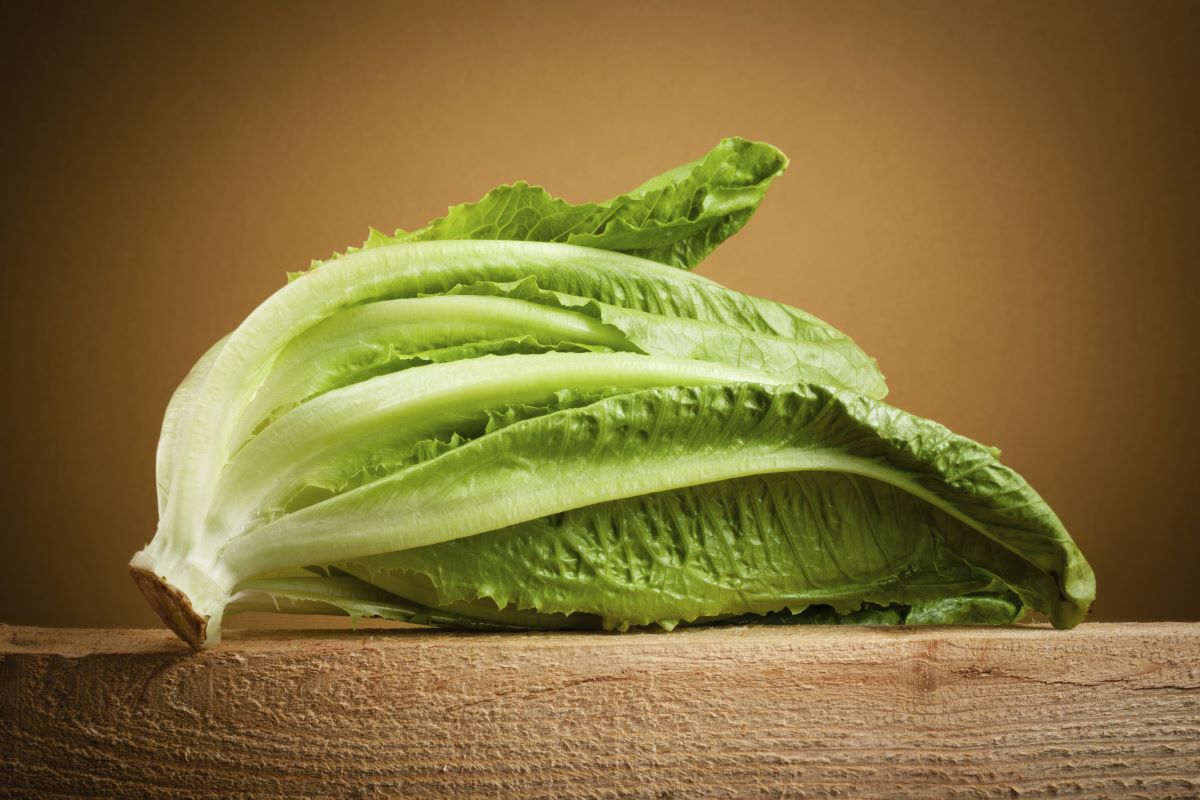

Articles
How To Store Lettuce To Last Longer
Modified: February 19, 2024
Learn how to store lettuce to make it last longer with these helpful articles. Keep your lettuce fresh and crisp for longer periods of time.
(Many of the links in this article redirect to a specific reviewed product. Your purchase of these products through affiliate links helps to generate commission for Storables.com, at no extra cost. Learn more)
Introduction
Welcome to the world of fresh, crisp lettuce! A versatile and healthy leafy green, lettuce is a staple in many salads, sandwiches, and wraps. However, if not stored properly, lettuce can quickly lose its crispness and freshness, leaving you with wilted and unappetizing leaves.
In this article, we will explore the best techniques for storing lettuce to help prolong its shelf life and keep it tasting as fresh as the day you bought it. From proper washing and cleaning to choosing the right storage container, we will discuss various methods to ensure your lettuce stays crisp and flavorful for longer.
So let’s dive in and discover the secrets to storing lettuce effectively!
Key Takeaways:
- Keep lettuce fresh by washing, drying, and storing it properly. Choose the right container, refrigerate, or freeze for longer shelf life. Revive wilted lettuce with ice-cold water for continued enjoyment.
- Extend the lifespan of lettuce by washing, drying, and storing it correctly. Use airtight containers, refrigeration, or freezing for long-term preservation. Revive wilted lettuce with a cold water soak for continued freshness.
Read more: How To Store Iceberg Lettuce To Last Longer
Proper Washing and Cleaning Techniques
Before storing your lettuce, it is important to thoroughly wash and clean it to remove any dirt, pesticides, or bacteria that may be present. Follow these steps for proper washing and cleaning:
- Start by separating the lettuce leaves and discarding any damaged or wilted ones.
- Rinse the leaves under cool running water to remove any visible dirt or debris.
- Gently rub the leaves with your hands to ensure thorough cleaning, paying special attention to the crevices between the leaves.
- If you prefer, you can use a produce brush to gently scrub the leaves.
- Rinse the lettuce leaves again under running water to remove any remaining residue.
- For added precaution, you can use a diluted vinegar solution (1 part vinegar to 3 parts water) to soak the leaves for a few minutes.
- After soaking, rinse the leaves one more time to remove the vinegar solution.
- Finally, gently pat the lettuce leaves dry using a clean kitchen towel or salad spinner.
Properly washing and cleaning your lettuce not only removes dirt and contaminants but also helps to extend its lifespan. Ensuring that the leaves are completely dry before storing is essential in preventing moisture buildup, which can result in wilting and decay.
Now that your lettuce is clean and dry, let’s move on to the next step: choosing the right storage container.
Drying Methods
Drying lettuce thoroughly after washing is crucial for maintaining its freshness and preventing premature wilting. Here are a few effective drying methods to ensure your lettuce leaves are perfectly dry before storing:
- Salad Spinner: One of the easiest and most efficient ways to dry lettuce is by using a salad spinner. Simply place the washed lettuce leaves inside the spinner and give it a few spins to remove excess water. The centrifugal force of the spinner will force the water out, leaving you with dry lettuce ready for storage.
- Paper Towels: Another option is to use paper towels to absorb the moisture from the lettuce leaves. Lay out a clean and dry paper towel on your countertop or in a large baking sheet. Gently place the washed lettuce leaves on top of the paper towel in a single layer, ensuring they are not overlapping. Pat the leaves dry with another paper towel, absorbing the excess water.
- Air Drying: If you don’t have a salad spinner or paper towels on hand, you can also air dry the lettuce. After washing, shake off any excess water and spread the leaves out on a clean kitchen towel or a wire rack. Allow the lettuce to air dry naturally for about 30 minutes or until the leaves are completely dry.
Regardless of the drying method you choose, it is important to be gentle with the lettuce leaves to avoid bruising or damaging them. Patience is key when drying lettuce, as ensuring it is thoroughly dry will help prolong its shelf life.
Once your lettuce is dry, you’re ready to move on to the next step: choosing the right storage container.
Choosing the Right Storage Container
When it comes to storing lettuce, choosing the right container is essential to maintain its freshness and prevent wilting. Here are some factors to consider when selecting a storage container:
- Airtight Seal: Look for containers with a tight-fitting lid or an airtight seal. This will help prevent air from circulating around the lettuce, reducing the risk of moisture loss and extending its shelf life.
- Transparency: Opt for a transparent container, such as glass or clear plastic. This allows you to easily see the condition of the lettuce without having to open the container, minimizing exposure to air and maintaining freshness.
- Size and Shape: Choose a container that can accommodate the size of your lettuce leaves without overcrowding. Overcrowding can lead to bruising and increase the chances of moisture accumulation.
- Ease of Cleaning: Select a container that is easy to clean and sanitize. Proper cleaning helps prevent the growth of bacteria and mold, ensuring your lettuce stays fresh for longer.
There are multiple storage container options available, such as:
- Plastic Containers with Ventilation: These containers have small vents that allow just enough airflow to keep the lettuce fresh without drying it out.
- Glass Containers with Lids: Glass containers are a great option as they are non-toxic, durable, and easy to clean. They also provide a clear view of the lettuce inside.
- Lettuce Keepers or Crisper Containers: These containers are specially designed to prolong the freshness of lettuce. They have built-in features like moisture control and air circulation to prevent wilting.
- Zip-Top Plastic Bags: If you don’t have a specific lettuce storage container, you can use zip-top plastic bags. Ensure the bags are sealed tightly to maintain freshness.
Remember to clean your storage container thoroughly before use to remove any bacteria or residues that may affect the freshness of the lettuce.
Now that you have chosen the right storage container, let’s move on to the next step: storing lettuce in the refrigerator.
Storing Lettuce in the Refrigerator
The refrigerator is the ideal place to store lettuce as it provides a cool and controlled environment that helps preserve its freshness. Follow these steps to store lettuce in the refrigerator:
- Place the cleaned and dried lettuce leaves in a clean and dry storage container. Avoid packing the container too tightly to prevent bruising and moisture buildup.
- If using a plastic container, lightly place a damp paper towel or a clean kitchen towel on top of the lettuce leaves. The moisture from the towel will help maintain the humidity levels and prevent wilting.
- Close the storage container tightly or seal the zip-top plastic bag, making sure no air can get in.
- Store the container or bag in the refrigerator’s crisper drawer, which is specifically designed to maintain optimal humidity levels for storing fruits and vegetables.
- Avoid placing the lettuce near ethylene-producing fruits like apples or bananas, as the ethylene gas can cause the lettuce to spoil faster.
It is important to note that while refrigeration helps prolong the shelf life of lettuce, it is still best to consume it within a week for maximum freshness. Additionally, avoid washing lettuce before storing it in the refrigerator, as excess moisture can contribute to wilting and decay.
Now, let’s explore another method of storing lettuce: using a lettuce keeper or crisper container.
Read more: How To Store Celery To Last Longer
Using a Lettuce Keeper or Crisper Container
A lettuce keeper or crisper container is a specialized storage solution designed to keep lettuce fresh and crisp for a longer period. Here’s how you can use a lettuce keeper or crisper container:
- Ensure that your lettuce is clean and dry as instructed earlier.
- Place the lettuce leaves in the lettuce keeper or crisper container. Make sure not to overcrowd the container to allow for proper air circulation.
- If your lettuce keeper or crisper container comes with a built-in moisture control feature, adjust it according to the instructions provided. This will help regulate the humidity levels and prevent excess moisture buildup.
- Close the lid tightly to create an airtight seal. This will help maintain the freshness of the lettuce by preventing moisture loss and exposure to air.
- Store the lettuce keeper or crisper container in the refrigerator’s crisper drawer or on a shelf designated for storing fruits and vegetables.
A lettuce keeper or crisper container provides an ideal environment for storing lettuce, maintaining its crispness for a longer period. The moisture control feature helps regulate humidity levels, while the airtight seal prevents wilting and decay.
Using a lettuce keeper or crisper container is a convenient way to store lettuce, especially if you frequently buy or consume large quantities. It ensures that your lettuce stays fresh, ready to be enjoyed in salads, sandwiches, or other delicious dishes.
Next, let’s explore an alternative method of storing lettuce: wrapping it in paper towels.
To store lettuce and keep it fresh longer, wrap it in a paper towel and place it in a resealable plastic bag in the refrigerator. The paper towel will absorb excess moisture and prevent wilting.
Wrapping Lettuce in Paper Towels
Wrapping lettuce in paper towels is a simple yet effective method to prolong its freshness and prevent wilting. Follow these steps to properly wrap lettuce in paper towels:
- Ensure that your lettuce leaves are clean and dry, as instructed earlier.
- Take a few sheets of paper towels and moisten them slightly with water. You want the paper towels to be damp, not soaking wet.
- Spread out the damp paper towels on a clean countertop or a cutting board.
- Place the lettuce leaves on top of the damp paper towels, ensuring that they are spread out in a single layer.
- Gently fold the paper towels over the lettuce, covering it completely. If you have a large amount of lettuce, you can layer another set of damp paper towels on top before folding.
- Transfer the wrapped lettuce to a plastic storage bag or an airtight container.
- Seal the bag or container tightly to create a moisture-rich environment.
- Store the lettuce in the refrigerator’s crisper drawer or on a shelf designated for storing fruits and vegetables.
By wrapping lettuce in paper towels, you create a microclimate that keeps the lettuce moist without making it soggy. The damp paper towels help maintain the right level of humidity, while also absorbing any excess moisture, preventing wilting and decay.
When you’re ready to use the lettuce, simply remove it from the wrapping and discard any damaged or wilted leaves. The remaining lettuce should be crisp and ready to enhance your meals.
Now, let’s explore the topic of storing cut lettuce.
Storing Cut Lettuce
If you have leftover or pre-cut lettuce, proper storage is key to keep it fresh and crisp. Follow these steps to store cut lettuce:
- Ensure that the cut lettuce is clean and dry, as instructed earlier. If the lettuce leaves are not already separated, gently tear them apart.
- Place the cut lettuce in a clean and dry storage container or a resealable plastic bag.
- Press out as much air as possible before sealing the container or bag. This helps minimize oxygen exposure, which can cause browning and deterioration.
- Store the cut lettuce in the refrigerator’s crisper drawer or on a shelf designated for storing fruits and vegetables.
- It is best to consume cut lettuce within a few days to ensure optimal freshness and texture.
Storing cut lettuce requires extra care, as the exposed surfaces are more prone to moisture loss and wilting. By following these steps, you can maintain the quality of cut lettuce and extend its shelf life.
Remember, if you prefer the highest level of freshness, it’s always best to cut and use lettuce just before you need it rather than storing pre-cut lettuce. However, if you do have leftovers, proper storage will help maximize its freshness.
Next, let’s explore the option of freezing lettuce for long-term storage.
Freezing Lettuce for Long-Term Storage
Freezing lettuce is a great option if you have an abundance of lettuce and want to extend its shelf life for long-term storage. While freezing alters the texture of lettuce, it can still be used in cooked dishes or smoothies. Follow these steps to freeze lettuce:
- Start by cleaning and drying the lettuce thoroughly, as instructed earlier.
- Tear the lettuce leaves into smaller, manageable pieces.
- Blanch the lettuce by placing it in boiling water for about 1-2 minutes.
- Quickly transfer the blanched lettuce into a bowl of ice water to stop the cooking process and preserve the color and texture.
- Drain the lettuce and pat it dry using a clean kitchen towel.
- Spread the lettuce pieces in a single layer on a baking sheet lined with parchment paper.
- Place the baking sheet in the freezer and allow the lettuce to freeze for a couple of hours, or until it is firm and solid.
- Once frozen, transfer the lettuce to a freezer-safe container or bag, removing as much air as possible before sealing tightly.
- Label the container or bag with the date and contents.
- Store the lettuce in the freezer for up to 3 months.
When you’re ready to use the frozen lettuce, there’s no need to defrost it. Simply take out the desired amount and use it directly in your recipes. Frozen lettuce works best in cooked dishes like soups, stir-fries, or casseroles, as the freezing process can alter its texture and make it unsuitable for raw applications.
Freezing lettuce allows you to conveniently preserve it for future use, reducing waste and ensuring that you always have lettuce on hand, even when it’s out of season.
Now, let’s explore how to revive wilted lettuce.
Read more: How To Store Spinach To Last Longer
Reviving Wilted Lettuce
Wilted lettuce doesn’t have to be a lost cause. With a few simple steps, you can revive wilted lettuce and restore its crispness. Here’s how to do it:
- Fill a bowl or sink with ice-cold water.
- Submerge the wilted lettuce in the cold water, making sure all the leaves are fully immersed.
- Allow the lettuce to soak in the cold water for about 15-30 minutes. This helps to rehydrate the leaves and restore their crispness.
- Gently remove the lettuce from the water and shake off any excess moisture.
- Place the lettuce in a salad spinner or pat it dry with a clean kitchen towel to remove any remaining water.
- If you have a lettuce keeper or crisper container, transfer the revived lettuce into it and store it in the refrigerator. Otherwise, wrap the lettuce in paper towels and place it in a resealable plastic bag.
- Store the lettuce in the refrigerator for several hours or overnight to fully rejuvenate.
By following these steps, you can bring wilted lettuce back to life, resulting in crisp and fresh leaves that are ready to be enjoyed in your favorite dishes.
It’s worth mentioning that while this method is effective for reviving wilted lettuce, it’s best to consume it as soon as possible for optimal taste and texture. Revived lettuce may not retain its original freshness as long as un-wilted lettuce, so it’s important to use it promptly.
Now that you know how to revive wilted lettuce, let’s wrap up this article.
Conclusion
Properly storing lettuce is essential for maintaining its freshness, crispness, and taste. By following the techniques and methods outlined in this article, you can significantly extend the shelf life of your lettuce and reduce wastage.
Start by washing and cleaning the lettuce thoroughly, removing any dirt or contaminants that may be present. Drying the lettuce properly is equally important to prevent moisture buildup, which can lead to wilting and decay. Choose the right storage container, such as an airtight option with proper ventilation or a specialized lettuce keeper or crisper container, to provide the ideal environment for storing lettuce.
Storing lettuce in the refrigerator, either in a container or wrapped in paper towels, is the most common method. Properly sealed and stored in the refrigerator’s crisper drawer, lettuce can stay fresh for up to a week. For leftover or pre-cut lettuce, carefully seal it and store it in the refrigerator, ensuring you consume it within a few days for optimal freshness.
If you find yourself with an excess of lettuce, freezing is an option to preserve it for the long term. Just remember that frozen lettuce is best used in cooked dishes rather than raw applications due to the change in texture. Additionally, if you encounter wilted lettuce, don’t worry! By soaking it in ice-cold water and properly drying it, you can revive its crispness and enjoy it once again.
By implementing these techniques and methods, you can ensure that your lettuce stays fresh, flavorful, and ready to enhance your salads, sandwiches, and other culinary creations. So remember to wash, dry, store, and revive your lettuce with care, and enjoy the benefits of longer-lasting and delicious lettuce!
Hopefully, this article has provided you with valuable insights into the proper storage of lettuce. Now you can enjoy its crispness and nutritional benefits for an extended period, minimizing waste and maximizing freshness.
Happy lettuce storing and bon appétit!
Frequently Asked Questions about How To Store Lettuce To Last Longer
Was this page helpful?
At Storables.com, we guarantee accurate and reliable information. Our content, validated by Expert Board Contributors, is crafted following stringent Editorial Policies. We're committed to providing you with well-researched, expert-backed insights for all your informational needs.
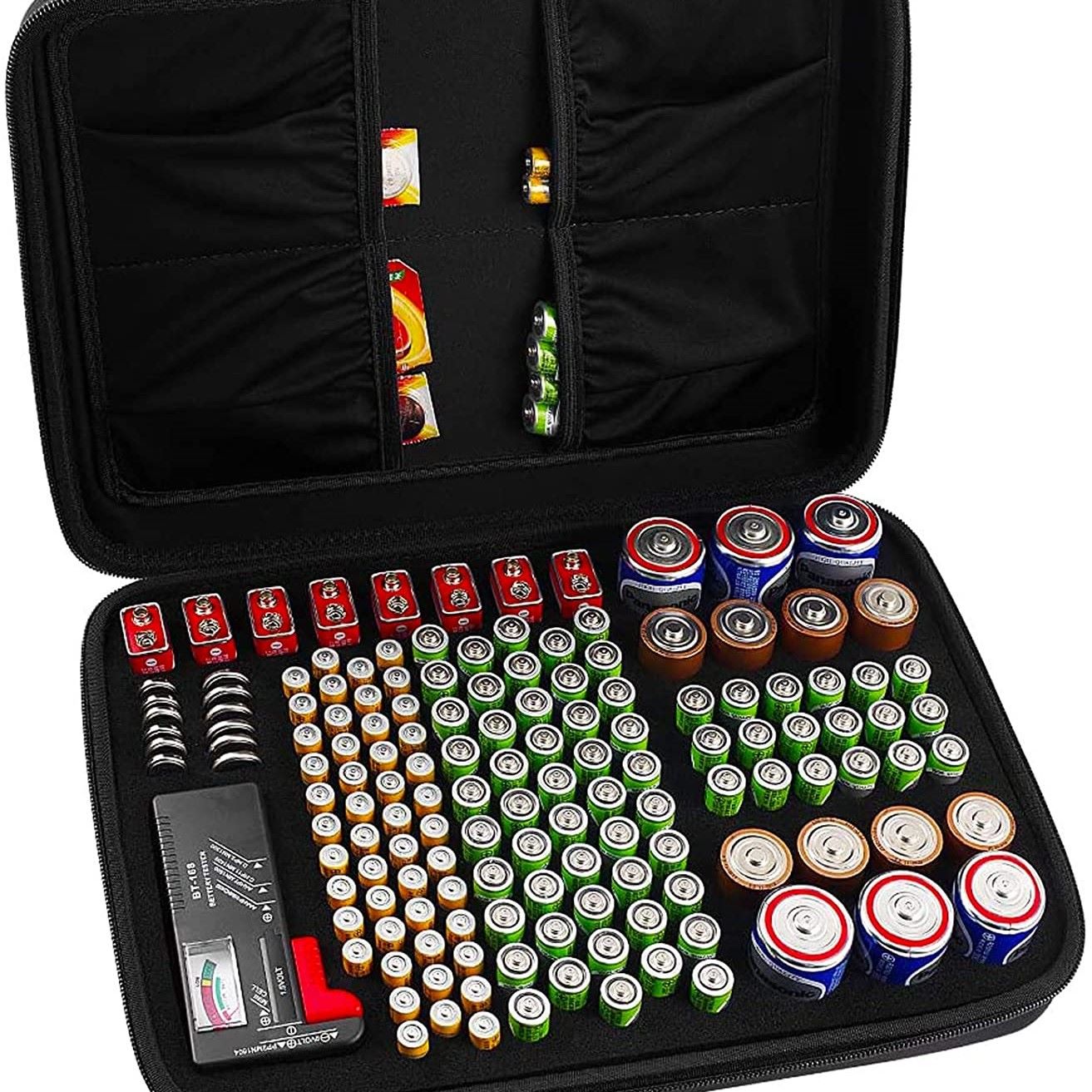

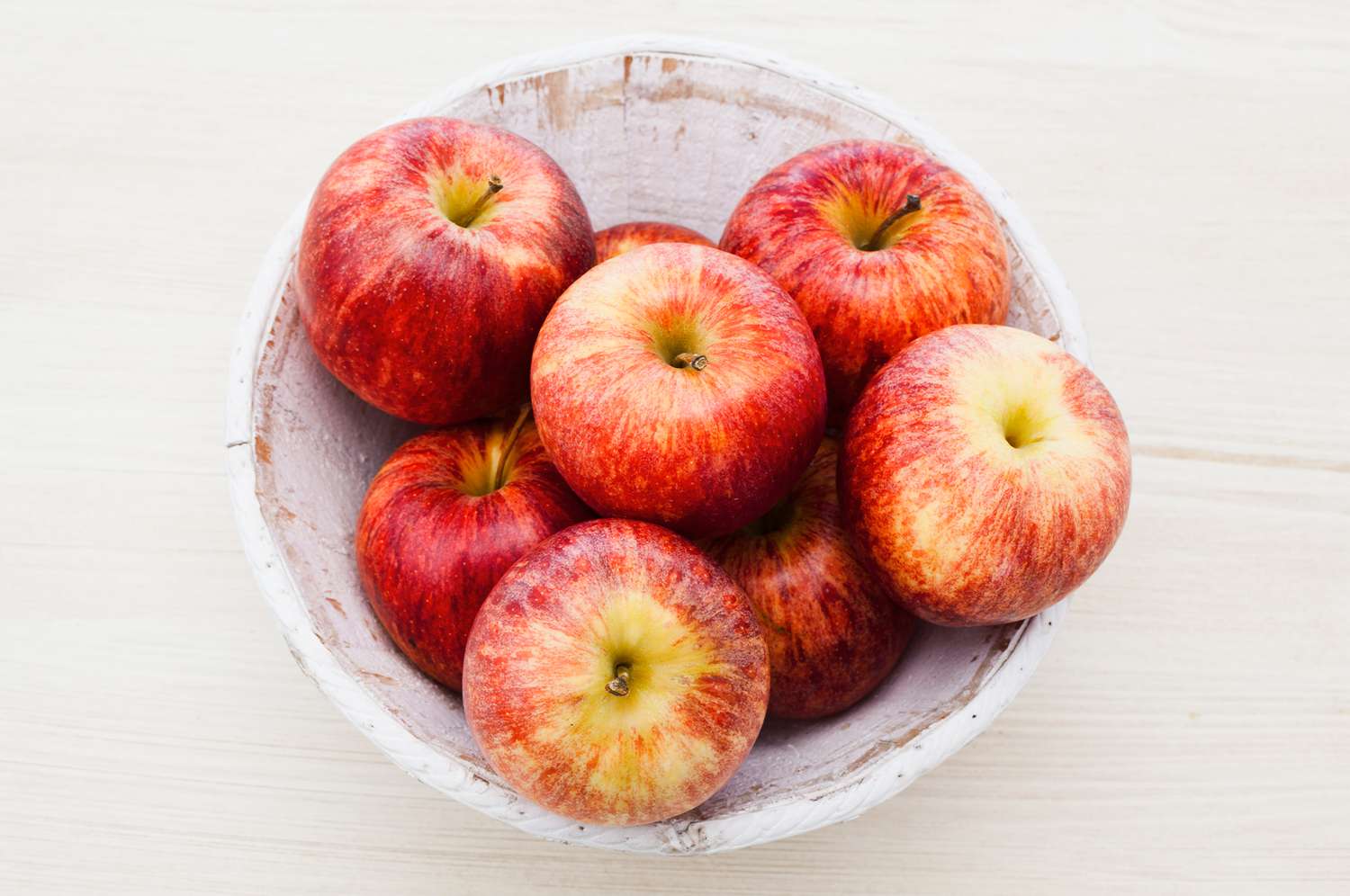
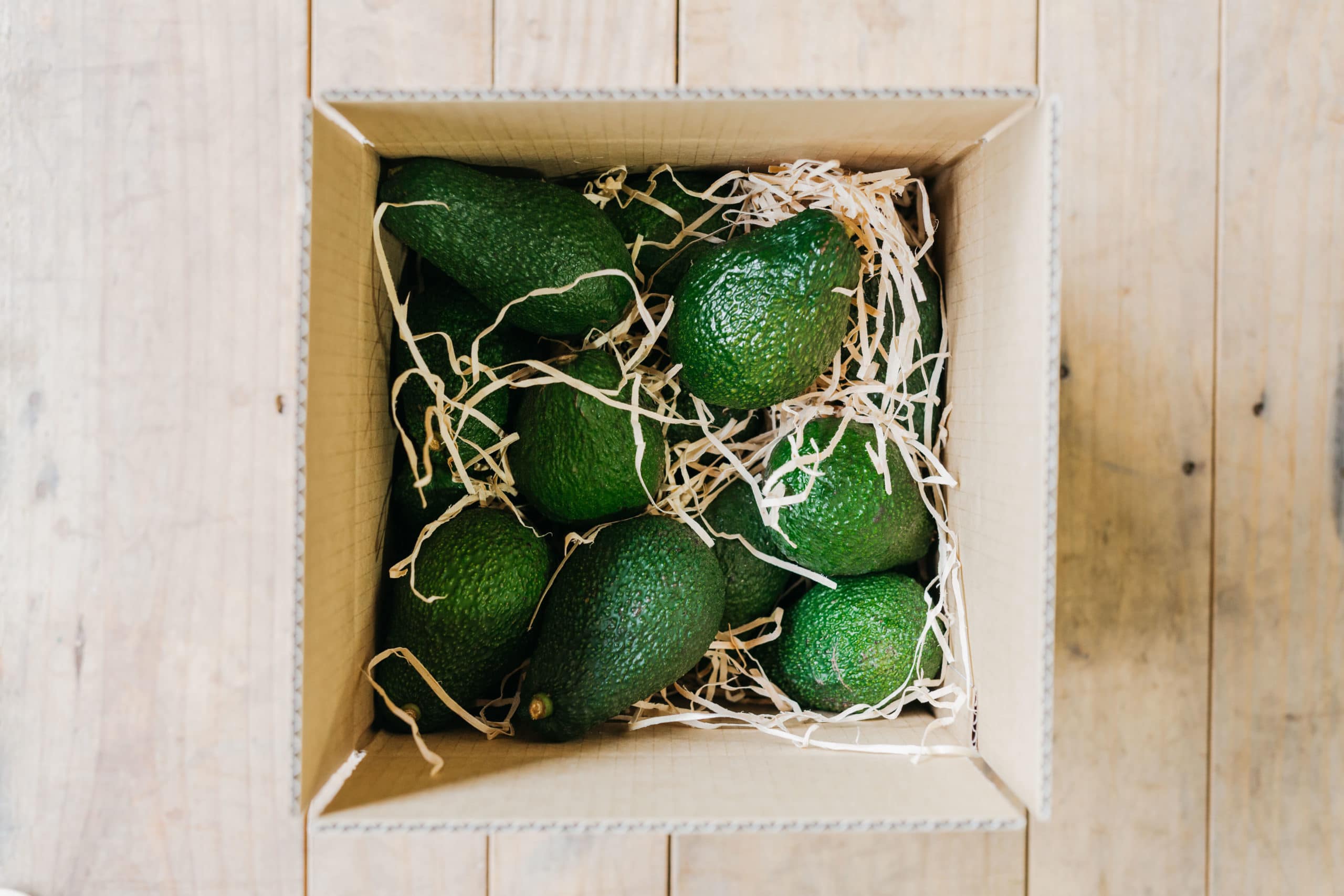

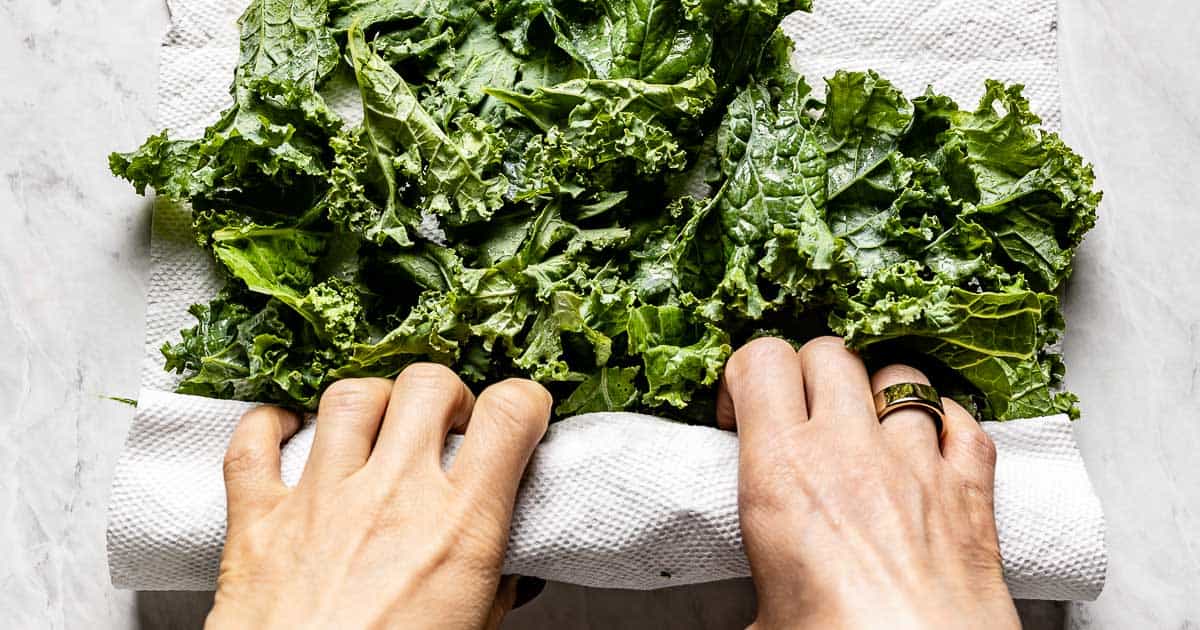

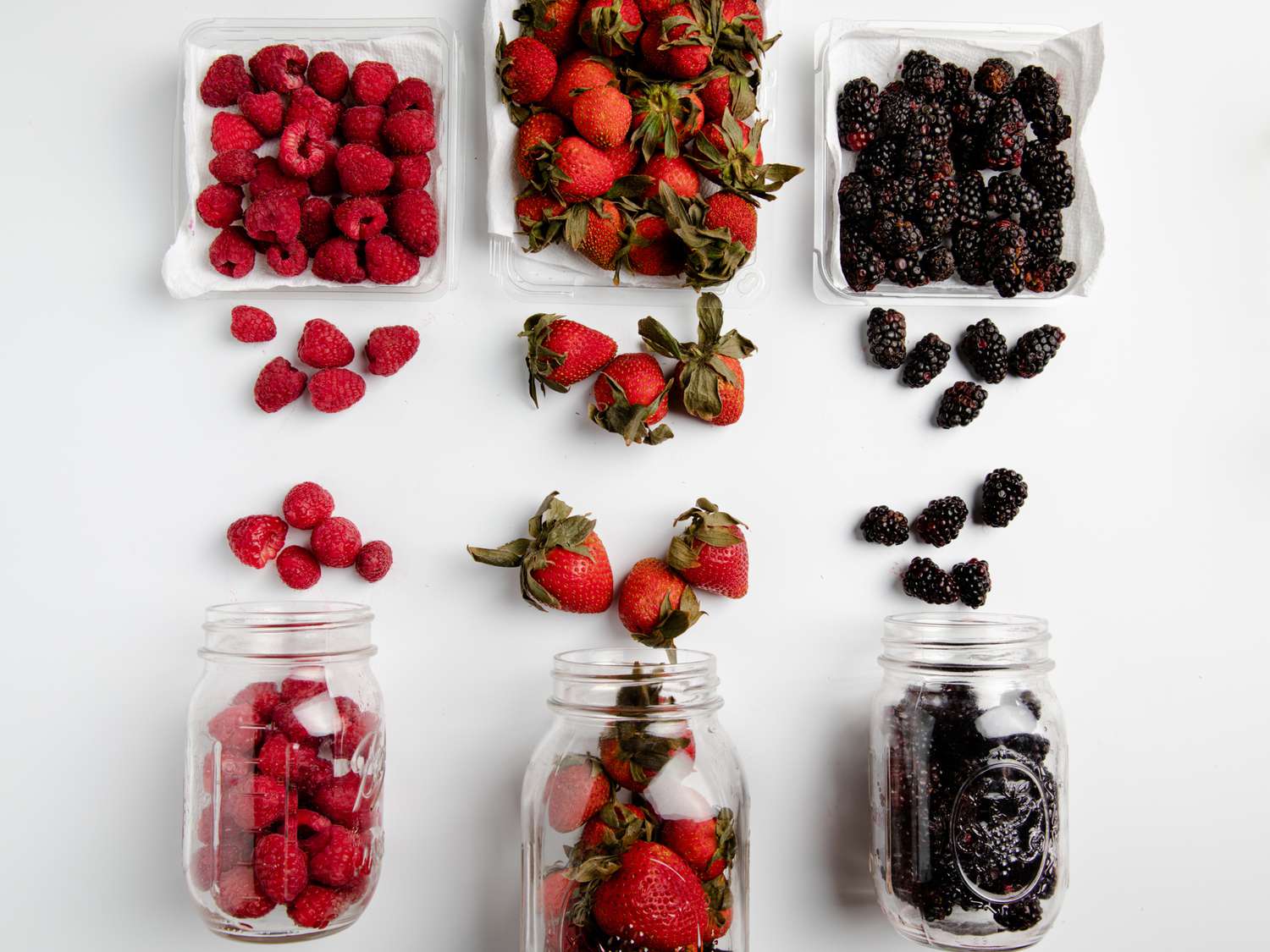
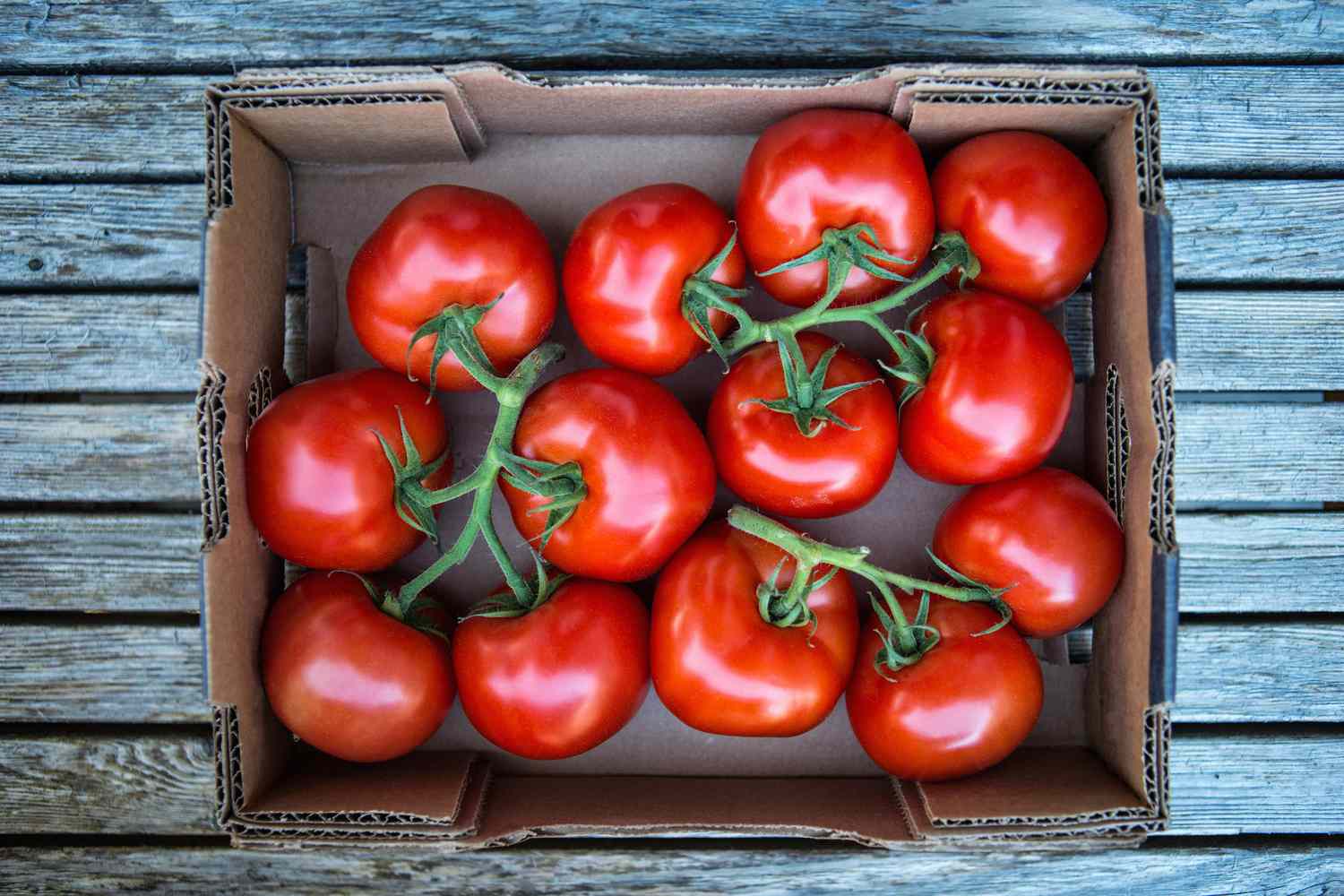

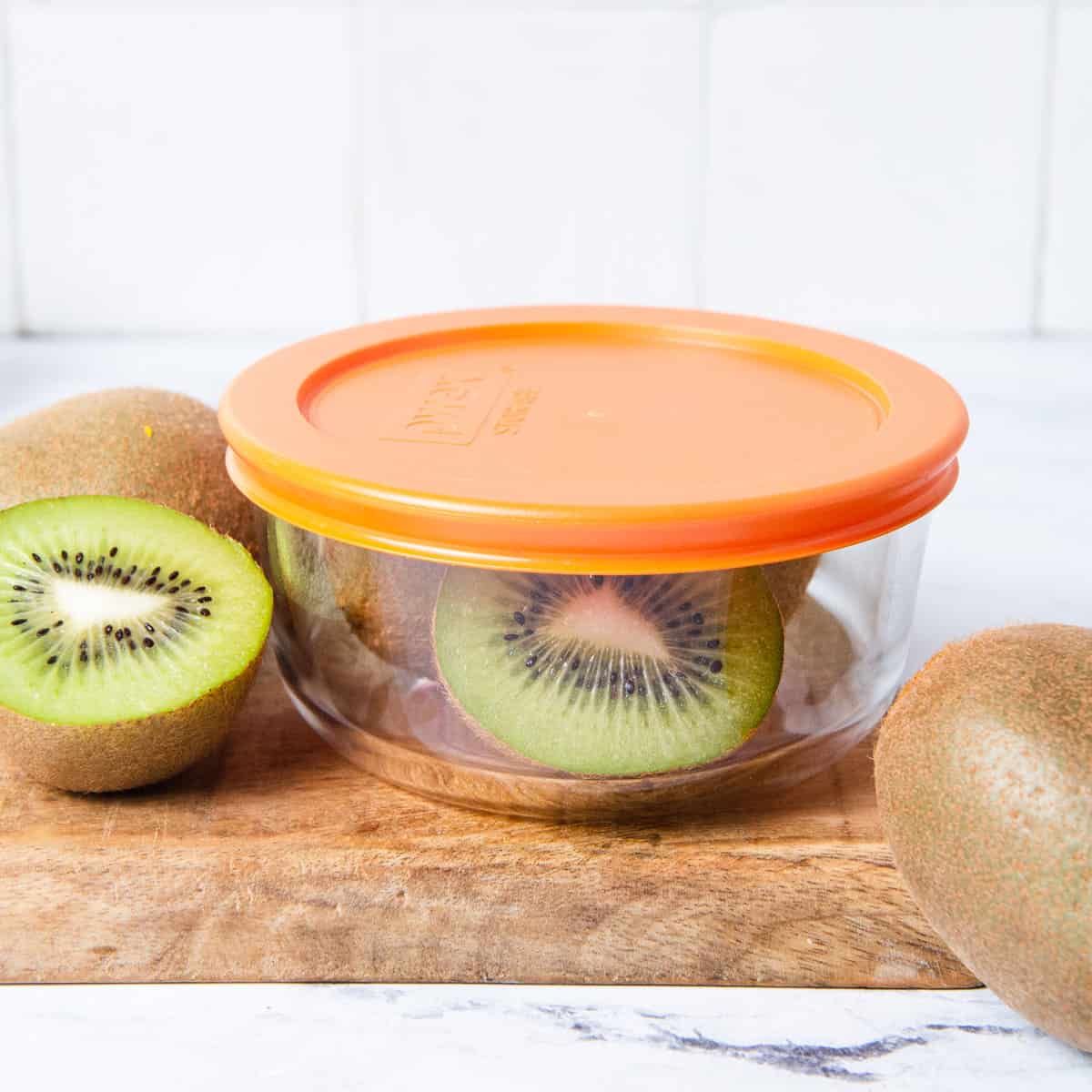
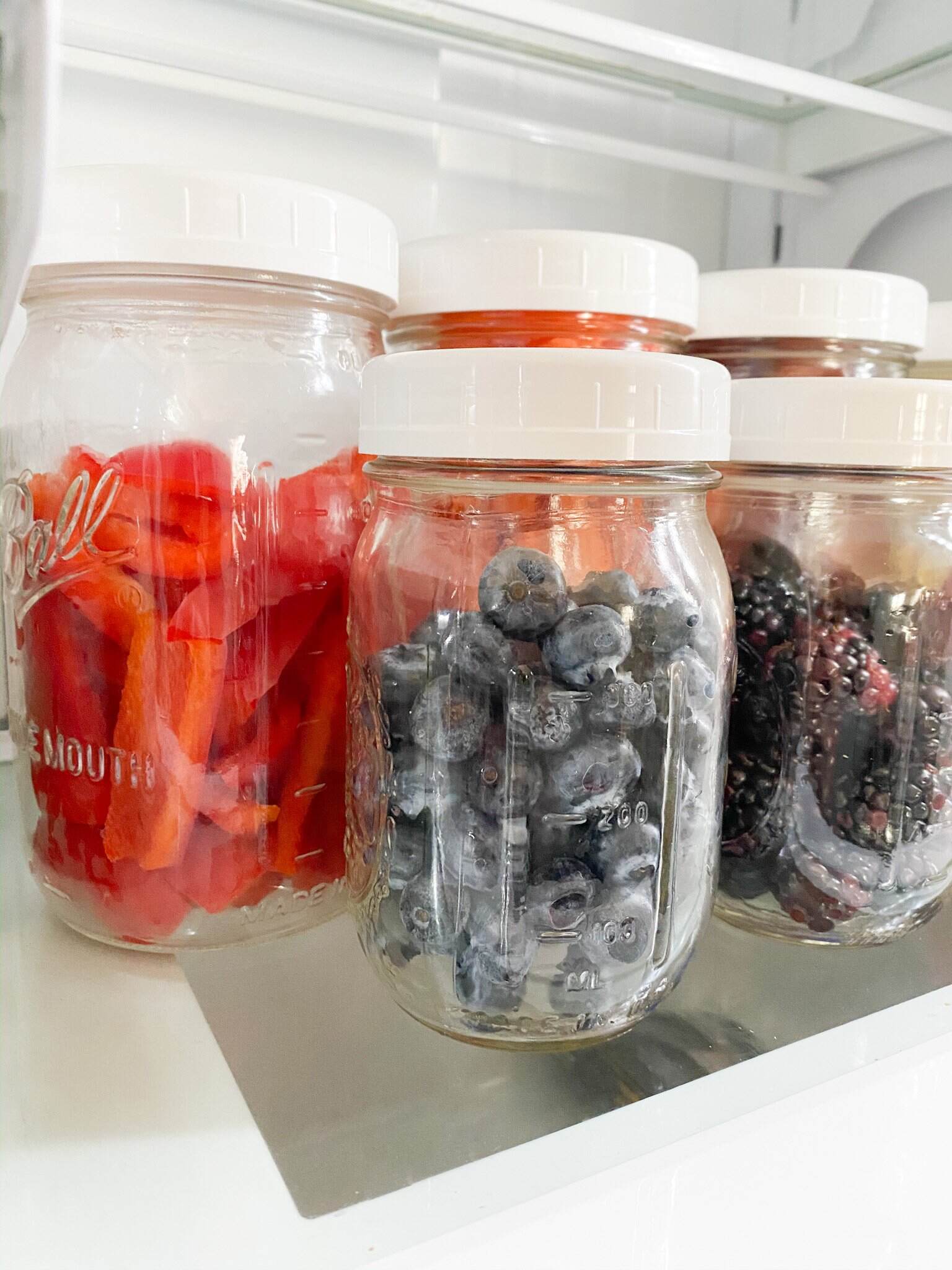


0 thoughts on “How To Store Lettuce To Last Longer”